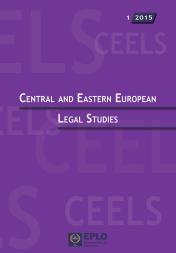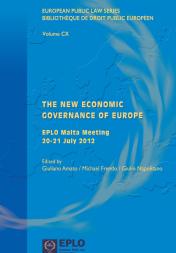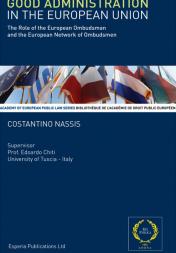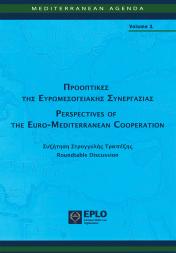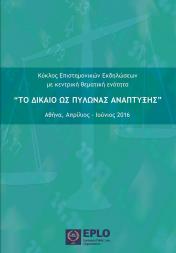
Constitutional Law / Droit constitutionnel
Austria / Autriche
Since the last contribution to this Review (ERPL/REDP Vol 19 No 3 2007, 789), with two amending laws - BGBl I 2008/1 and BGBl I 2008/2 - first steps were taken to implement the constitutional reform which was initially discussed in the “Austria Convention” (2003 to 2005) and further elaborated by a “Group of Experts for State and Administrative Reform” (since 2007). In doing so, just a fraction of the initially envisaged reform has been realized, namely a comprehensive adjustment of the Constitution by the incorporation of provisions in the core document of the Austrian Federal Constitution, which render obsolete constitutional provisions contained mainly in basic federal laws, and lead to a certain extent to the fact that also in the future some regulations no longer require constitutional provisions anymore. Preparing an extensive change in the system of legal protection - which is not broadly agreed on yet -, namely the introduction of Administrative Courts on the level of the States (Länder) and the Federation for the relief of the Administrative Court (VwGH), an Asylum Court was established as a first step which replaces the control by the Administrative Court (VwGH) in the field of asylum. A reform of federalism with a reorganization of the States’ (Länder) and Federation’s competences, as well as a reform of the civil rights are yet to come.
Seit dem letzten Beitrag in dieser Serie (ERPL/REDP Vol 19 No 3 2007, 789) wurden mit zwei Novellen - BGBl I 2008/1 und BGBl I 2008/2 - erste Schritte der zunächst im “Österreich-Konvent” (2003 bis 2005) diskutierten und in weiterer Folge in einer “Expertengruppe für Staats- und Verwaltungsreform” (ab dem Jahr 2007) näher erarbeiteten Verfassungsreform umgesetzt. Dabei wurde allerdings nur ein Bruchteil der zunächst in Aussicht genommenen Reform realisiert, nämlich eine relativ umfassende Verfassungsbereinigung mit dem Einbau von Bestimmungen in die Kernurkunde der österreichischen Bundesverfassung, die vor allem in einfachen Bundesgesetzen enthaltene Verfassungsbestimmungen obsolet machen und - in Grenzen - dazu führen, dass auch künftig bestimmte Regelungen keiner Verfassungsbestimmung mehr bedürfen. Als Vorleistung auf einen - vorerst nicht konsensfähigen - größeren Umbau des Rechtsschutzsystems, nämlich die der Entlastung des Verwaltungsgerichtshofes (VwGH) dienende Einführung von Verwaltungsgerichten auf Ebene der Länder und des Bundes, wurde in einem ersten Schritt ein Asylgerichtshof eingerichtet, der die verwaltungsgerichtliche Kontrolle durch den Verwaltungsgerichtshof (VwGH) im Bereich des Asylrechts ersetzt. Eine Föderalismusreform mit einer Neuordnung der Kompetenzen von Bund und Ländern sowie die Grundrechtsreform stehen jedoch nach wie vor noch aus.





